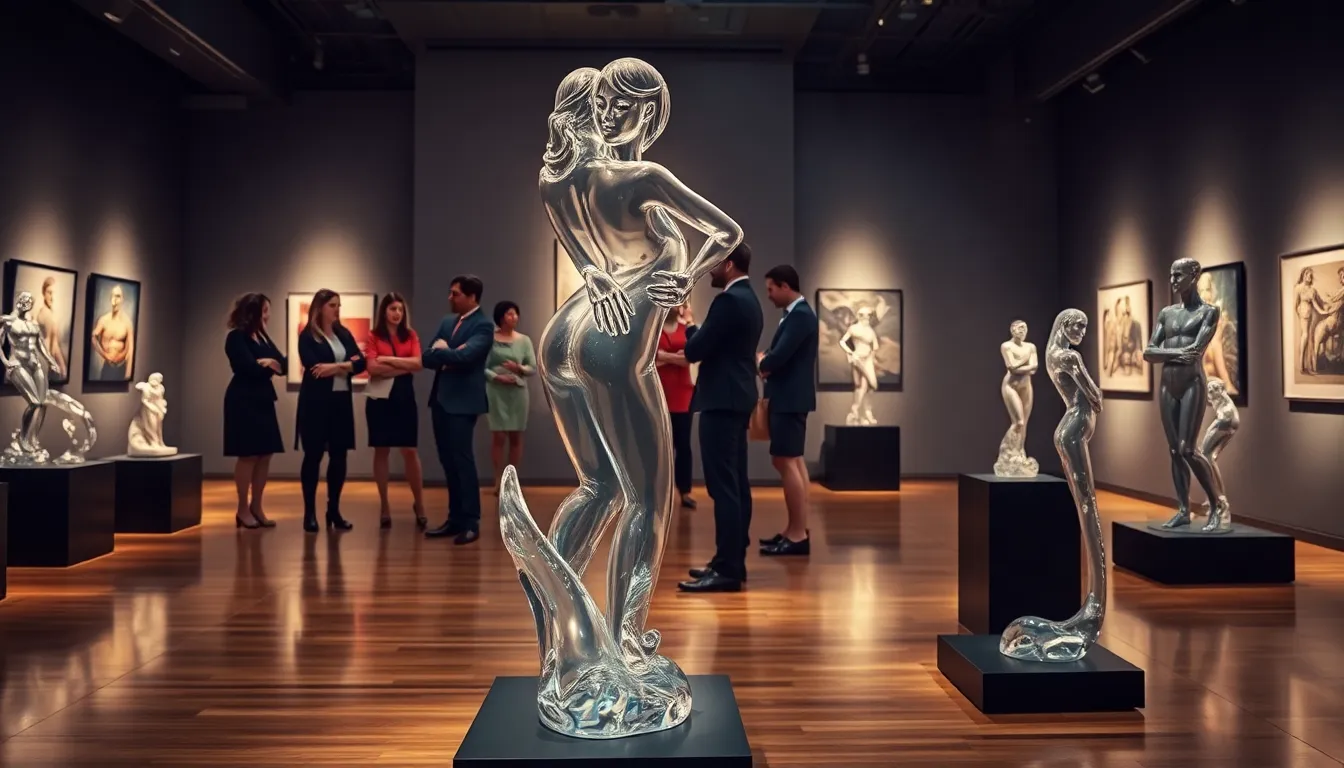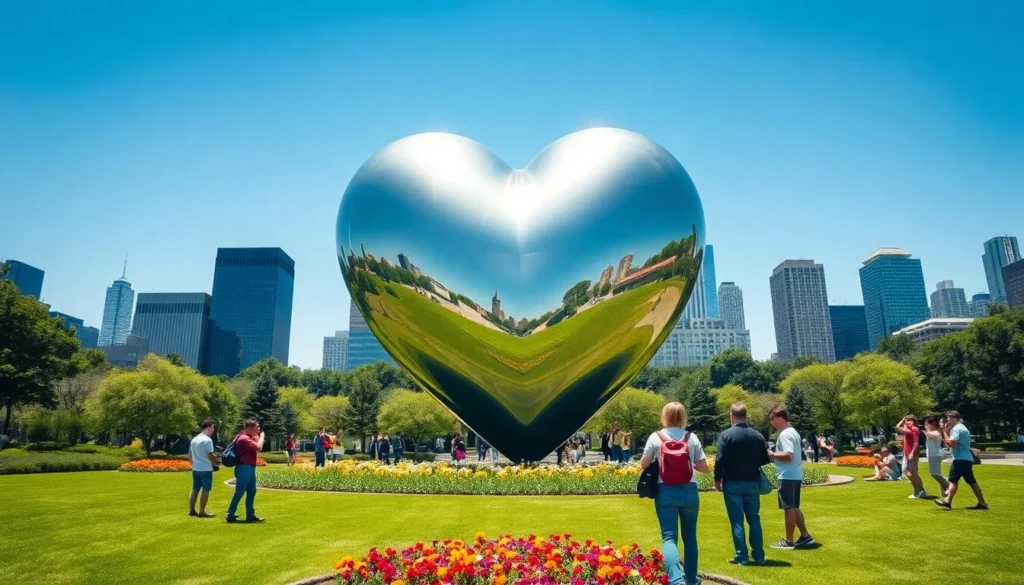Table of Contents
ToggleWhen you think of sculpture, visions of rigid marble and stoic figures may come to mind. But hold onto your chisels, folks. Let’s jump into a world where passion, desire, and creativity intertwine. Erotic sculpture has been stirring hearts, and perhaps a few other things, for millennia. From ancient fertility figures to contemporary pieces that push boundaries, this art form invites viewers to explore the depths of human emotion. So, buckle up as we explore how erotic sculpture has shaped and been shaped by culture throughout history, with a good measure of humor and insight along the way.
Historical Context of Erotic Sculpture

Ancient Civilizations and Their Expressions of Desire
Throughout history, human desire has manifested in art in ways that are both overt and subtle. Ancient civilizations knew how to express these primal urges creatively. Take the Greeks, for instance. Their sculptures, like the famous Venus de Milo, celebrated not just beauty but also sensuality. Meanwhile, in Indian culture, the famous temples of Khajuraho depict passionate scenes that leave little to the imagination. These arts reveal how societies embraced eroticism openly, viewing it as an integral aspect of the human experience.
The Influence of Religion and Mythology
Religion, too, played a pivotal role in shaping erotic sculptures. Consider the ancient Greeks and their pantheon of gods who were anything but chaste. Stories of divine entanglements inspired countless artists to depict these escapades in marble and bronze. In many cultures, mythological figures often embodied erotic traits, thereby normalizing both sexual desire and artistic expression. So, next time you marvel at a sculpture, remember: it likely has a juicy backstory rooted deep in historical mythology.
The Evolution of Erotic Sculpture Through the Ages
Renaissance and Baroque Interpretations of Eroticism
Fast forward to the Renaissance, a time when art underwent a grand rebirth. Artists like Michelangelo brought a new depth to the erotic form, mixing spirituality with physicality. Think of the David, a representation of masculine perfection that’s both awe-inspiring and, dare we say, a tad steamy. The Baroque period took this a step further, introducing dramatic poses and heightened emotions, making every piece feel alive, and possibly a little too warm to the touch.
Modernism and Its Challenging of Traditional Standards
As the world moved toward Modernism, artists began to push boundaries. Pablo Picasso and Henry Moore redefined what it meant to portray the human form, experimenting with abstract interpretations of erotic ideals. These artists broke free from conventions and tackled themes of sexuality with a rawness that resonated deeply with societal changes. After all, what could be more liberating than expressing desire in unconventional forms?
Cultural Perspectives on Erotic Sculpture
Western vs. Eastern Interpretations
The lens through which erotic sculpture is viewed can vary wildly between cultures. In the West, erotic art often focuses on the aesthetic and emotional aspects. It’s all about the celebration of the body and desire, think of the classics that adorn museums and galleries. Conversely, Eastern interpretations, particularly in Hindu and Buddhist cultures, recognize eroticism as a sacred expression. Temples vibrant with intricate carvings often illustrate the intertwining of sexuality and spirituality, making it clear that desire has a sacred dimension, not just a carnal one.
Contemporary Trends in Erotic Sculpture
Artistic Techniques and Materials Used
The contemporary art scene is alive with an array of erotic sculptures that challenge perceptions even further. Artists are experimenting with materials like glass, steel, and even recycled objects to evoke sensual themes. Not to mention the use of mixed media, where sound and touch complement the visual experience. This modern approach isn’t just about looking: it invites deeper engagement. With techniques like 3D printing, artists can create complex works that speak to both the head and the heart.
The Role of the Viewer: Perception and Interpretation
When it comes to erotic sculpture, the viewer plays a crucial role. Personal backgrounds, cultural contexts, and individual experiences shape how one perceives art. For some, erotic sculptures may evoke arousal, while for others, they prompt philosophical questions about sexuality and beauty. This duality enriches the conversation surrounding erotic art, allowing it to resonate differently with each observer. Engaging with these pieces encourages a reflection on one’s own desires, beliefs, and societal constructs surrounding intimacy.




